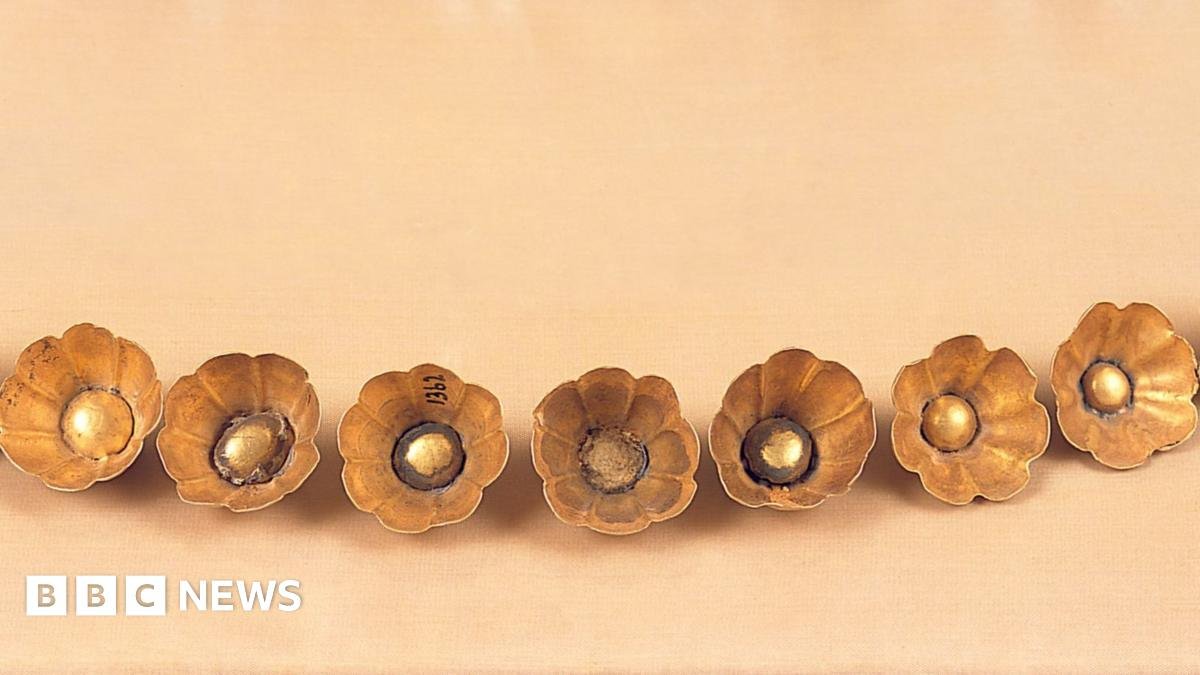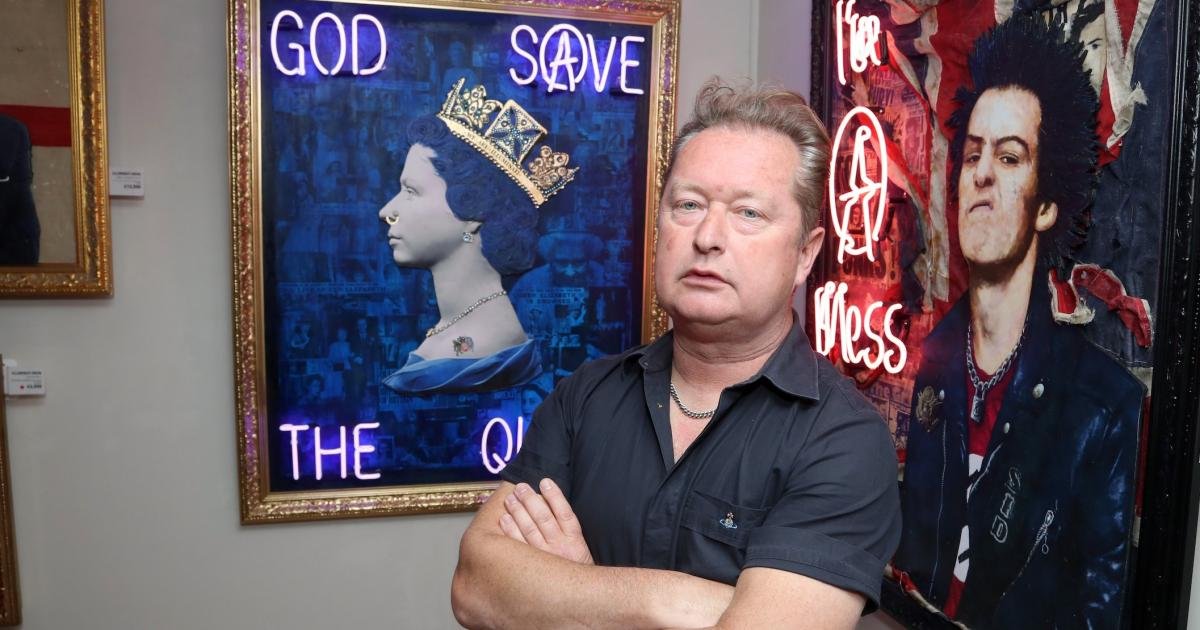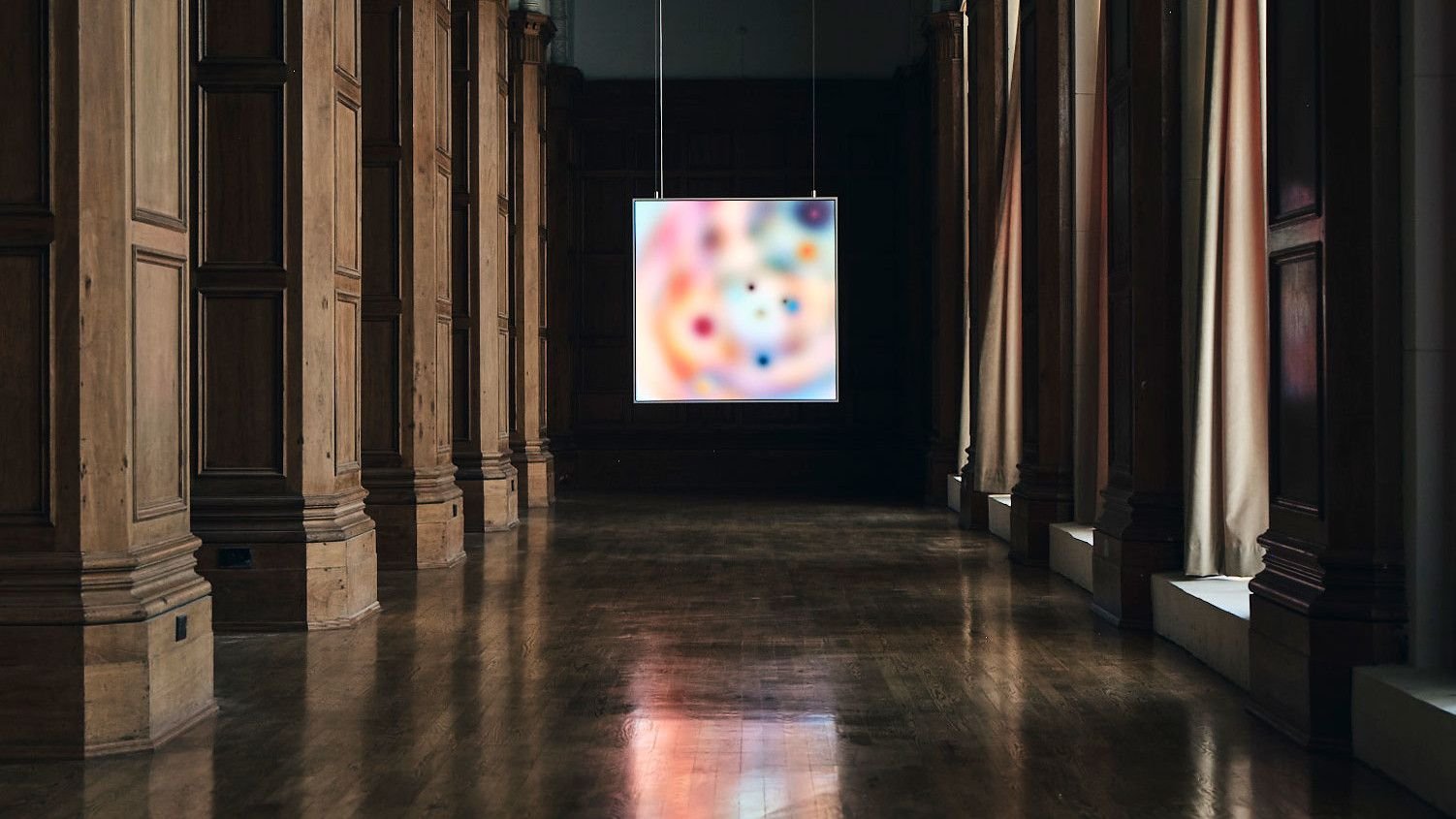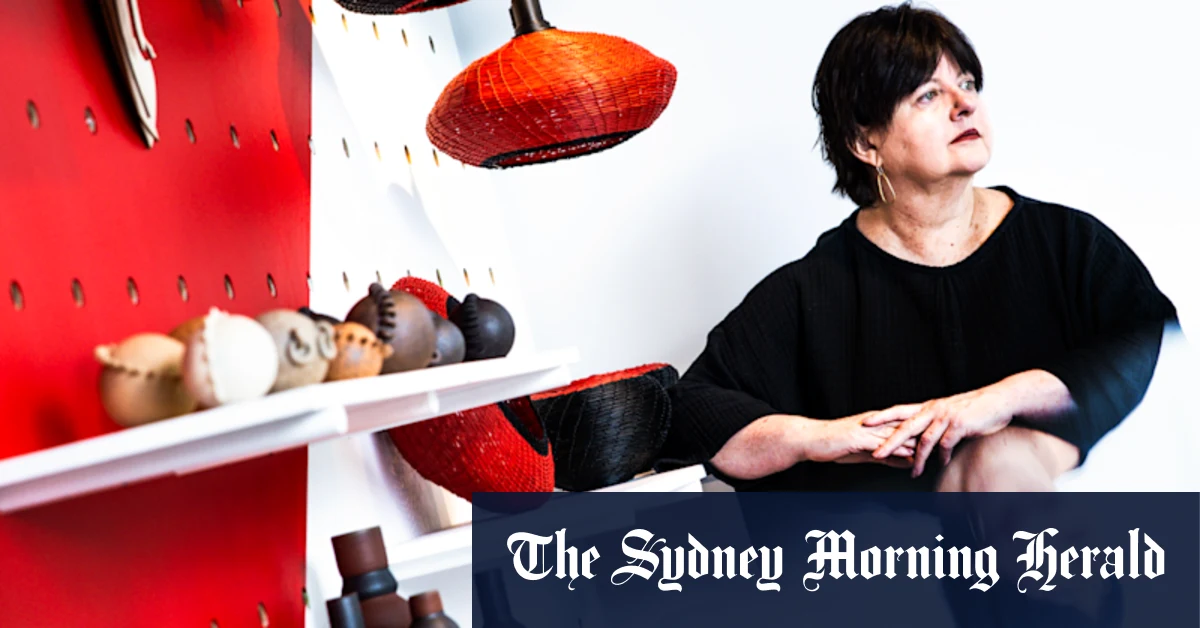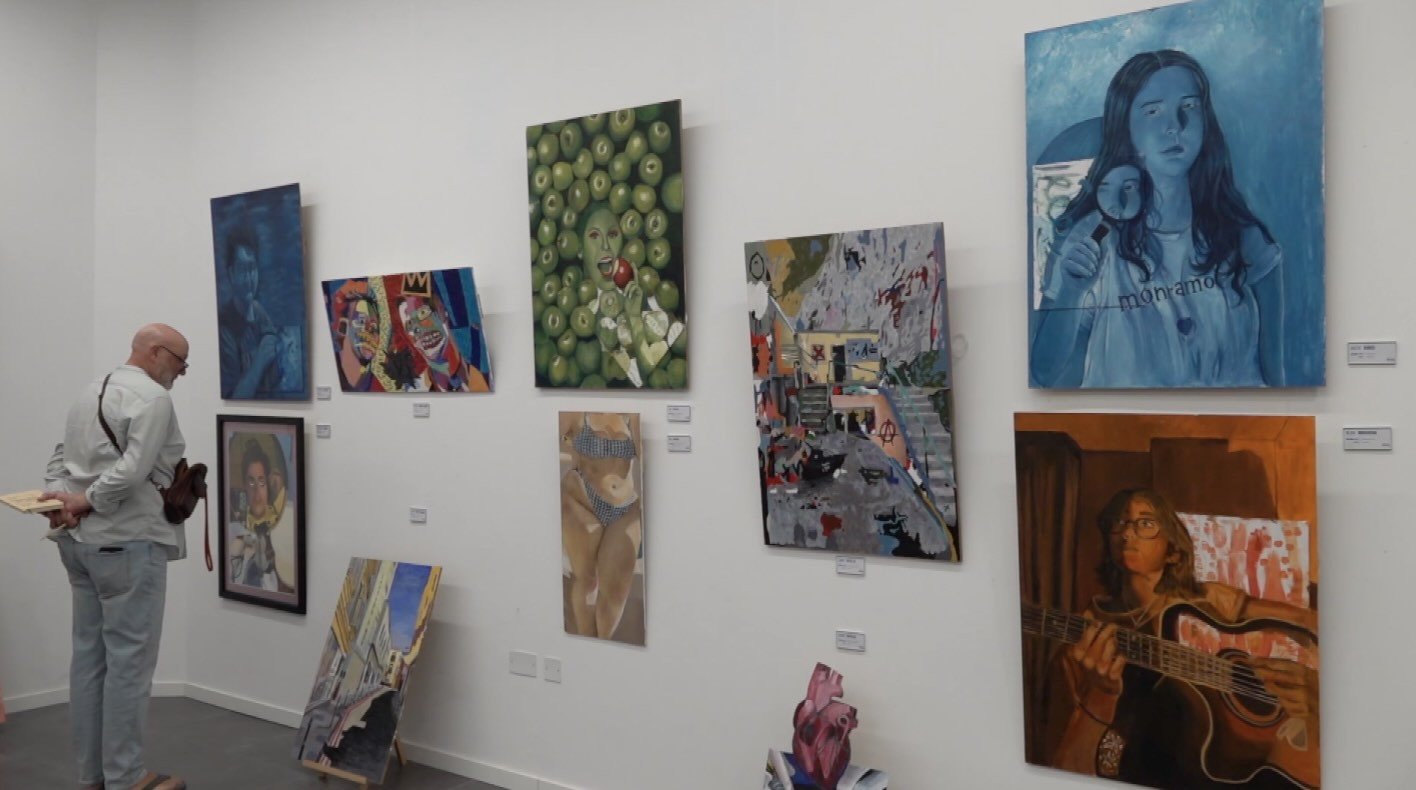Imposing statues of rams and lions used to stand in the grounds of Sudan’s National Museum – priceless artefacts from the time when Nubian rulers conquered what is now Egypt to the north, along with exquisite Christian wall paintings dating from many centuries ago.
On a typical day, groups of school children would stare in awe at this reminder of their nation’s imposing past, tourists would file through one of Khartoum’s must-sees, and on occasion concerts were held in the grounds.
But that was before war broke out two years ago.
As the Sudanese military reasserts its control over the capital, having finally chased out its rival the Rapid Support Forces (RSF), the full scale of the destruction of two years of war is becoming clear.
Government ministries, banks and office blocks stand blackened and burned, while the museum – a symbol of the nation’s proud history and culture – has been particularly hard hit.
Senior officials say tens of thousands of artefacts were either destroyed or shipped off to be sold during the time the RSF was in control of central Khartoum, where the museum is situated.
“They destroyed our identity, and our history,” Ikhlas Abdel Latif Ahmed, director of museums at Sudan’s National Corporation for Antiquities and Museums, told the BBC’s Newsday programme.
Before the conflict, the National Museum was a gem.
Located at the very heart of Sudan – close to the Presidential Palace, and the confluence of the Blue Nile and White Nile rivers – it told a story of the succession of great civilisations that inhabited this area over time.
Now, when museum officials made an inspection visit, they were greeted with shattered glass, bullet cases on the floor and traces of looting everywhere.
“The building was very unique and very beautiful,” Ms Ahmed said.
“The militia [the description Sudanese officials give to the RSF] took so many of the unique and beautiful collections, and destroyed and damaged the rest.”

